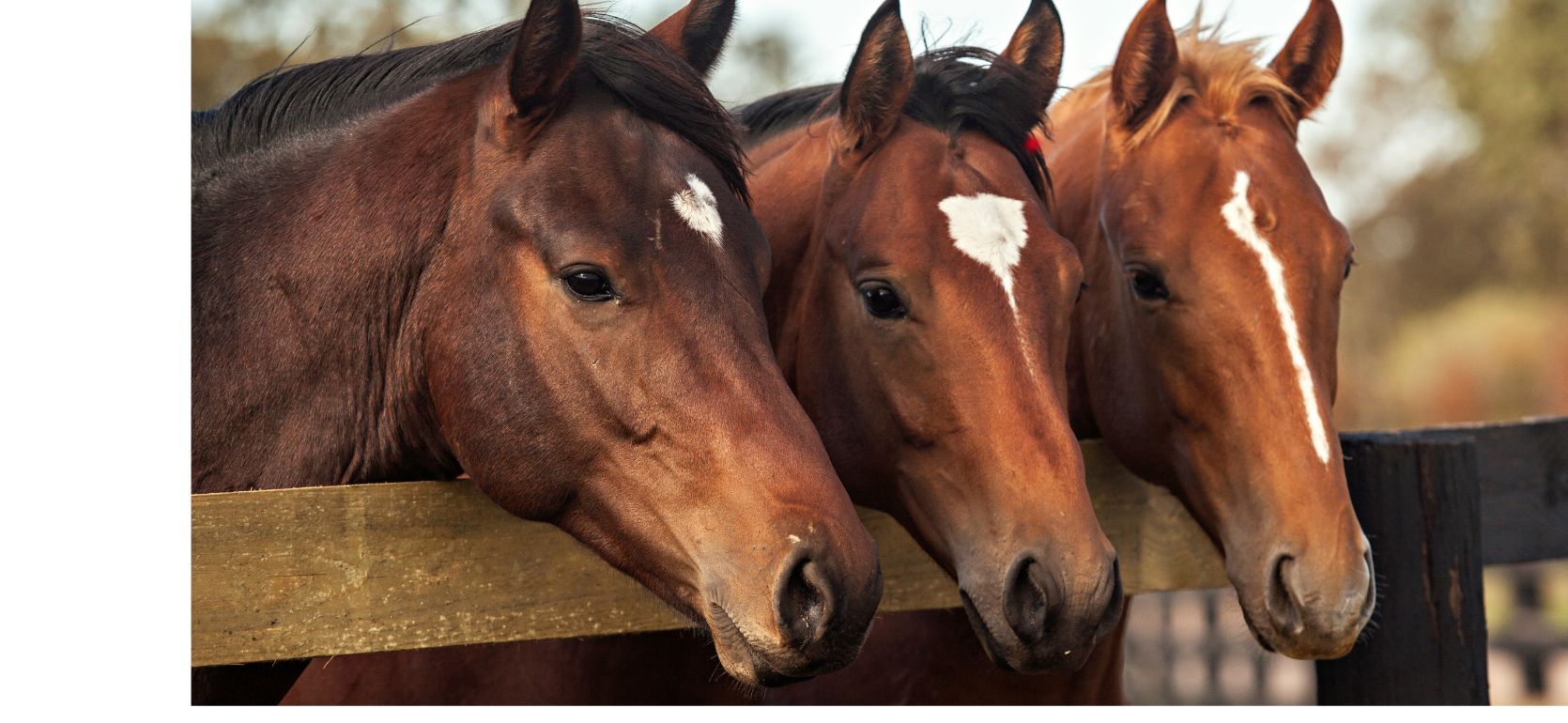
Equine Law Blog
Once you have presented your liability release form to a new customer, how much time is enough time to allow him or her to read the document before signing? In some states, when the enforceability of a liability release is at issue, courts have focused on the amount of time given to the signer before executing the document.
Is “two seconds” enough?
Yes, according to a North Carolina court in 2001. That case involved a riding stable for military personnel and their friends and families at the United States Army Post at Fort Bragg North Carolina. Before the plaintiff went horseback riding there, the government required him to sign a liability release. Later, during his ride, the saddle allegedly slipped, and he fell off. He sued. In challenging the enforceability of the release he had signed, the plaintiff asserted that the stable had merely presented it to him as a “waiting list,” and he felt pressured to sign it because there was a line of people waiting behind him. He also claimed that he spent only about “two seconds” glancing at it before signing. Rejecting his claims, the court dismissed the case, stating: “[a] release-and-hold-harmless agreement based on valuable consideration is a complete defense to personal injury action for damages in North Carolina.” [The case was Del Raso v. United States, 244 F.3d 567 (7th Cir. 2001)(North Carolina law).]
Is “15 seconds” enough?
No, according to a California court nearly 60 years ago. In that case, a riding academy asked the plaintiff, before his ride, to sign its liability release. During the ride, he became seriously injured and sued. He claimed that he spent “less than 15 seconds” in the room with the release document before he signed it. The court refused to enforce the release, finding issues of fact as to whether the academy somehow defrauded him into signing the release. [The case was Palmquist v. Mercer, 272 P.2d 26 (Cal. 1954).]
Conclusion
The outcome of each case depends on the facts and the applicable state law.
- Shareholder
Julie Fershtman is considered to be one of the nation's leading attorneys in the field of equine law. She has successfully tried equine cases before juries in four states. A frequent author and speaker on legal issues, she has written ...

